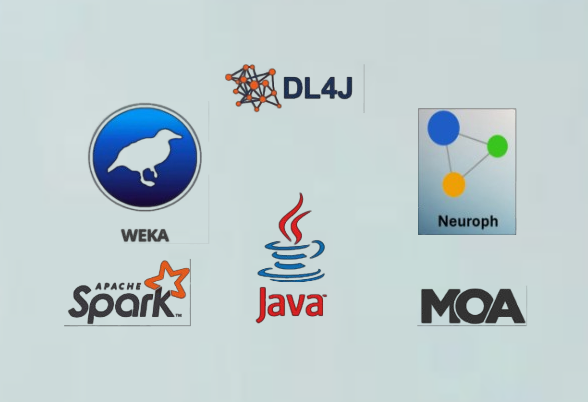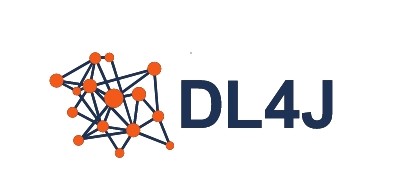
Java is a versatile programming language that has been widely used in various domains, including web development, mobile applications, and enterprise solutions. With the rise of artificial intelligence (AI), Java developers can leverage several powerful libraries to integrate AI capabilities into their applications. This article will explore some of the top AI libraries for Java developers, providing examples and insights into their functionalities.
1. Deeplearning4j
Deeplearning4j (DL4J) is an open-source, distributed deep learning library for the Java Virtual Machine (JVM). It is designed to be used in business environments and integrates well with Hadoop and Apache Spark.

Key Features
- Support for various neural network architectures (CNNs, RNNs, etc.)
- Integration with big data tools like Hadoop and Spark
- Support for GPU acceleration
- Easy deployment on cloud platforms
Example
Here’s a simple example of how to create a neural network using Deeplearning4j:
2. Weka
Weka is a collection of machine-learning algorithms for data mining tasks. It provides tools for data preprocessing, classification, regression, clustering, and visualization.
![Weka]()
Key Features
- User-friendly graphical interface
- Extensive collection of machine learning algorithms
- Support for various data formats (CSV, ARFF)
- Visualization tools for data analysis
Example
Here’s an example of using Weka to load a dataset and apply a classifier:
3. MOA (Massive Online Analysis)
MOA is an open-source framework for data stream mining. It provides tools for processing and analyzing large volumes of data in real time.
![MOA]()
Key Features
- Support for various algorithms for classification, clustering, and regression
- Real-time evaluation of models on data streams
- Integration with Weka
Example
Here’s how to set up a simple MOA application:
4. Apache Spark MLlib
Apache Spark MLlib is a scalable machine-learning library that provides high-level APIs in Java (as well as Python and Scala). It is designed to work with large datasets.
![Apache spark MLlib]()
Key Features
- Distributed computing capabilities
- Support for various machine learning algorithms (classification, regression, clustering)
- Integration with Spark's core features
Example
Here’s a simple example of using Spark MLlib in Java:
5. Neuroph
Neuroph is a lightweight Java neural network framework that allows developers to create and train neural networks easily.
![Neuroph]()
Key Features
- Simple API for building neural networks
- Built-in support for common neural network types (perceptrons, multi-layer networks)
- GUI-based development environment
Example
Here’s how to create a simple neural network using Neuroph:
Conclusion
Java developers have access to a rich ecosystem of AI libraries that cater to various needs—from deep learning and machine learning to real-time analysis. Libraries like Deeplearning4j, Weka, MOA, Apache Spark MLlib, and Neuroph provide powerful tools to implement AI solutions effectively. By leveraging these libraries, developers can enhance their applications with intelligent features that drive innovation and improve user experiences.
As you explore these libraries further, consider experimenting with different datasets and algorithms to fully leverage the power of AI in your Java applications.